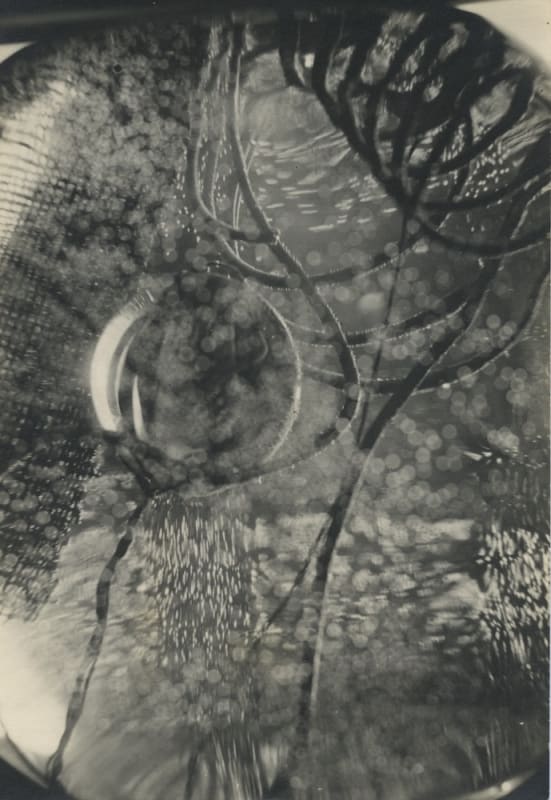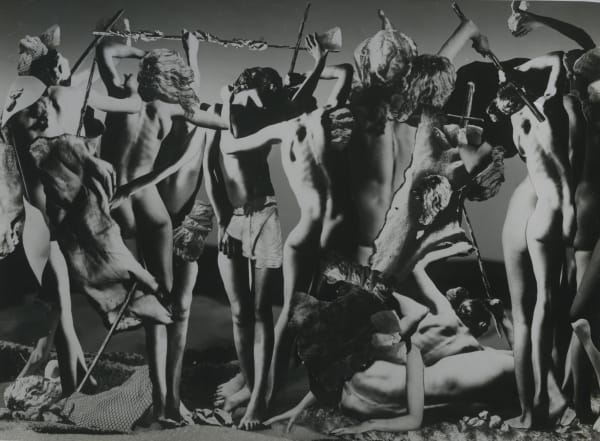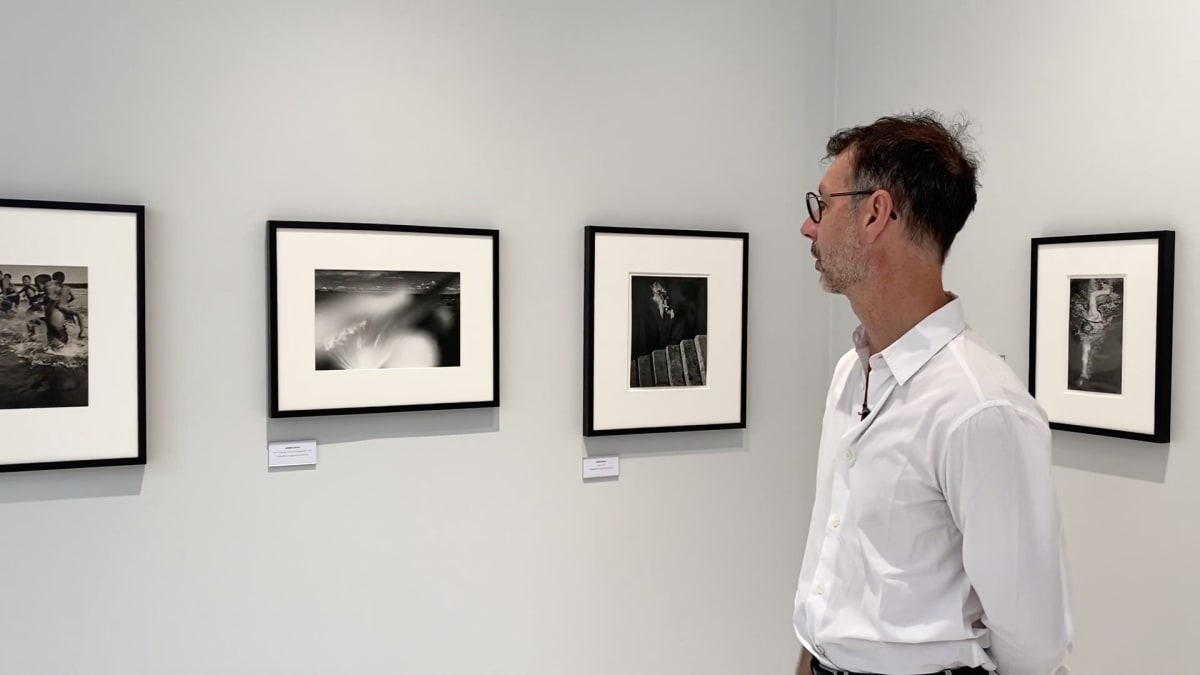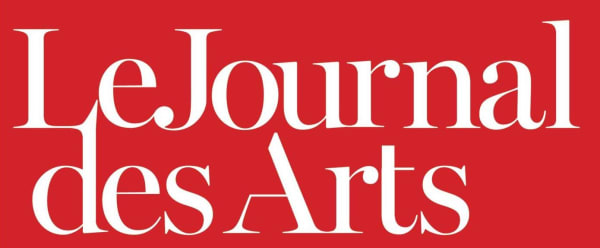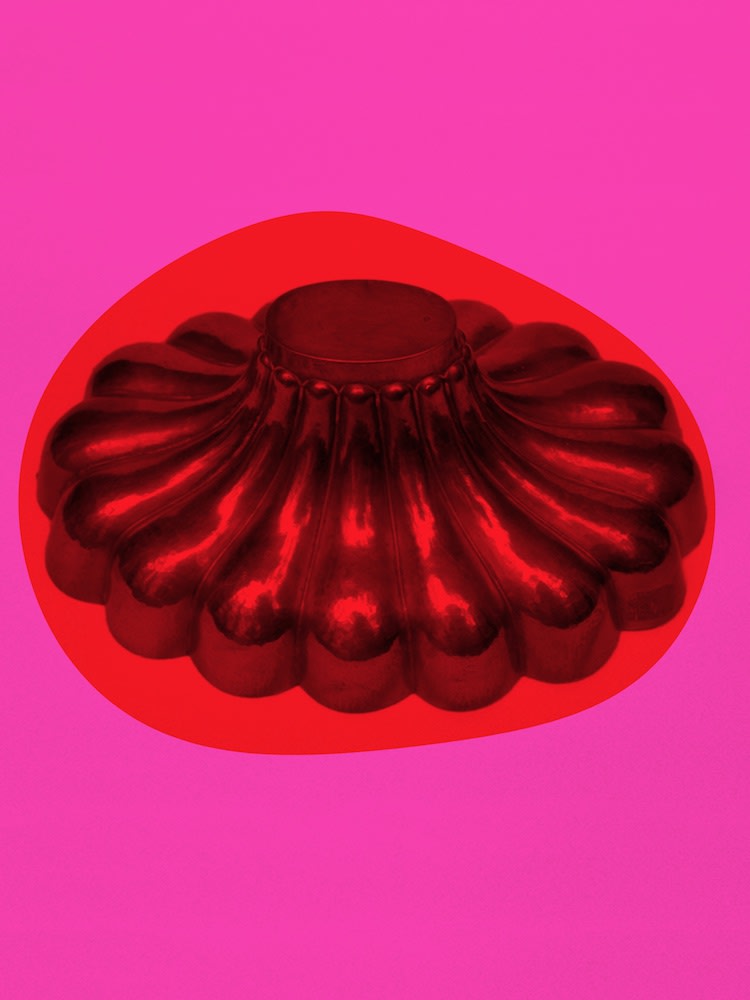Raoul Ubac Belgian, 1910-1985
Raoul Ubac, born in 1910 in Malmédy, was a major Franco-Belgian artist of the 20th century whose multifaceted body of work spans photography, painting, sculpture, and engraving.
Settling in Paris in 1930, he abandoned his literary studies to attend the art academies of Montparnasse, where he quickly gravitated toward the Surrealist circle. From 1934 to 1940, he regularly participated in group exhibitions, developing an artistic language shaped by formal experimentation and the unconscious.
An innovative photographer, Ubac explored early on the techniques of photomontage, solarization, and overprinting, most notably in his celebrated photo-reliefs published in the journal Minotaure. He combined burin engraving with photography, blurring the boundaries between media.
After the war, his work moved toward abstraction. In 1945, he discovered slate, a material he incised and worked in depth, at the crossroads of sculpture and engraving. His brûlages—works created through the application of fire to material—brought him closer to lyrical abstraction.
Beginning in 1951, Raoul Ubac exhibited regularly at Galerie Maeght, which championed his work alongside artists such as Braque and Miró. He became a key figure of the postwar European avant-garde, recognized for his ability to bring matter and image, form and memory into profound dialogue.
Raoul Ubac died in 1985 in Dieudonné, leaving behind a rich, poetic, and deeply singular body of work.
-
 Combat des Penthésilées, 1939View more details
Combat des Penthésilées, 1939View more details -
 Spirale, 1930View more details
Spirale, 1930View more details -
 Rapport d'objets, 1942View more details
Rapport d'objets, 1942View more details -
 Photomontage III, 1937View more details
Photomontage III, 1937View more details
-

Paris Photo 2025
12 - 15 November 2025Pour sa onzième participation consécutive à Paris Photo, Les Douches la Galerie, qui vient tout juste d’emménager au 54, rue Chaponn dans le Marais, investit...Read more -

Paris Photo 2024
7 - 10 November 2024Read more -
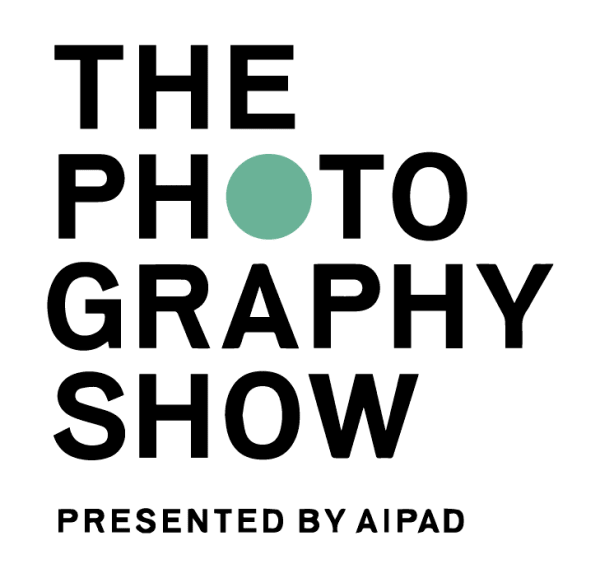
AIPAD 2024
25 - 28 April 2024Les Douches la Galerie a le plaisir de participer à l'AIPAD - The Photography Show, du 25 au 28 avril 2024 au Park Avenue Armory...Read more
